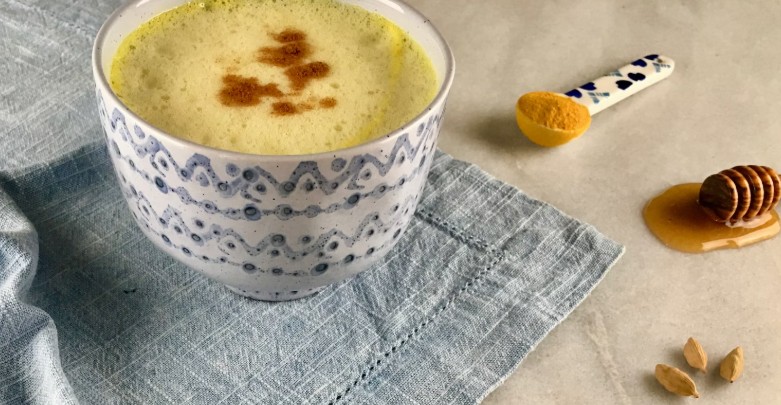Balance Your Life with Ayurveda & Chinese Medicine
In a world where stress, burnout, and overstimulation are the norm, turning to ancient wellness systems like Ayurveda and Traditional Chinese Medicine (TCM) can offer a refreshing, grounded path back to balance. These time-honored traditions emphasize prevention, natural healing, and living in harmony with nature — a gentle reminder that healing doesn’t have to be high-tech or harsh.
Let’s explore how these holistic practices can support your self-care routine — no matter where you are on your wellness journey.
What Is Ayurveda?
Originating in India over 5,000 years ago, Ayurveda is a Sanskrit word meaning “the science of life.” This holistic system focuses on balancing the doshas — Vata, Pitta, and Kapha—which are biological energies believed to govern physical and mental processes.
- Vata: Air + Ether (movement, creativity, anxiety)
- Pitta: Fire + Water (digestion, ambition, anger)
- Kapha: Earth + Water (structure, calm, lethargy)
By identifying your primary dosha (you can take a quiz like this one from Banyan Botanicals), you can begin to align your diet, daily routines, and lifestyle to support inner balance.
For instance, if you’re feeling scattered or anxious (a sign of elevated Vata), Ayurveda might recommend warm, grounding meals, oil massages (abhyanga), and limiting screen time before bed.
🧴 Try: Organic Vata Massage Oil to soothe frazzled nerves and promote deep relaxation.
Image by David Aznar for Unsplash
What Is Traditional Chinese Medicine?
Traditional Chinese Medicine (TCM), with roots dating back more than 2,000 years, approaches health through the flow of Qi (life energy) and the balance of Yin and Yang. Unlike Western medicine, TCM views the body as an integrated whole, where physical, emotional, and spiritual health are deeply interconnected.
Practices within TCM include:
- Acupuncture
- Herbal medicine
- Cupping
- Tai Chi & Qi Gong
- Tongue and pulse diagnosis
One of the most accessible ways to begin exploring TCM is through food therapy. For example, if you often feel cold, tired, or unmotivated, a TCM practitioner may suggest warming, yang-supportive foods like ginger tea, lamb stew, or roasted root vegetables.
🍲 Try: Ginger-Goji Berry Soup for immune support and energy.
Where Ayurveda & TCM Overlap
Although these systems developed in different parts of the world, they share many guiding principles. Both view health as a dynamic state of balance, rely on the rhythms of nature, and emphasize digestion as a core pillar of wellness.
Key overlaps include:
- Seasonal living: Both suggest changing your routines and diet with the seasons.
- Herbal remedies: Plants are considered powerful allies for healing.
- Mind-body connection: Mental and emotional states are considered equally important to physical symptoms.
- Personalization: There is no one-size-fits-all. Everything depends on your unique constitution and lifestyle.
How to Incorporate These Practices into Daily Life
You don’t need to book a trip to Kerala or Beijing to benefit from these traditions. Small, consistent shifts can have a powerful cumulative effect. Here are a few ideas:
- Start your morning mindfully:
In both systems, early mornings are considered sacred. Begin your day with warm water and lemon (Ayurveda) or ginger tea (TCM). Add a few minutes of self-massage or gentle stretching. - Eat with the seasons:
Swap smoothies for soups in winter. Favor lighter foods in summer. This helps the body align with its natural rhythms. - Tune in to your energy:
Feeling wired? Add grounding practices like yoga or abhyanga. Feeling sluggish? Try qi gong or stimulating herbs like ginseng (TCM) or trikatu (Ayurveda). - Use herbs with intention:
Herbs are more than ingredients—they’re medicine. TCM might use reishi mushroom for immunity, while Ayurveda might turn to ashwagandha for stress support (Cleveland Clinic overview).
Final Thoughts
Ayurveda and Traditional Chinese Medicine remind us that self-care is not about perfection — it’s about listening. Listening to your body, your breath, your environment, and making choices that support harmony, not hustle.
Whether you’re just curious or ready to dive deeper, integrating even one principle from these traditions can bring more peace, presence, and vitality to your everyday life.


